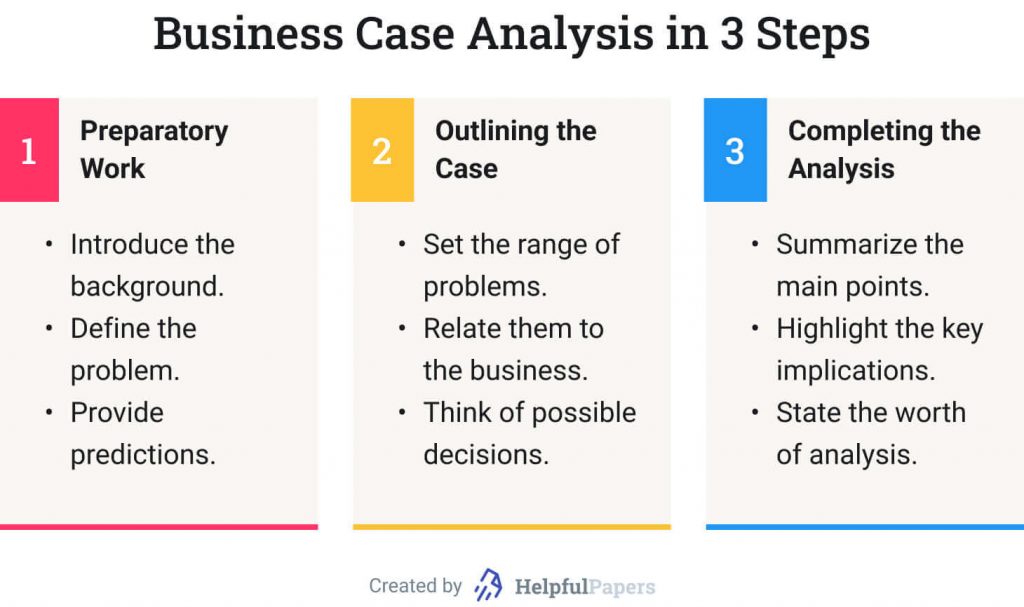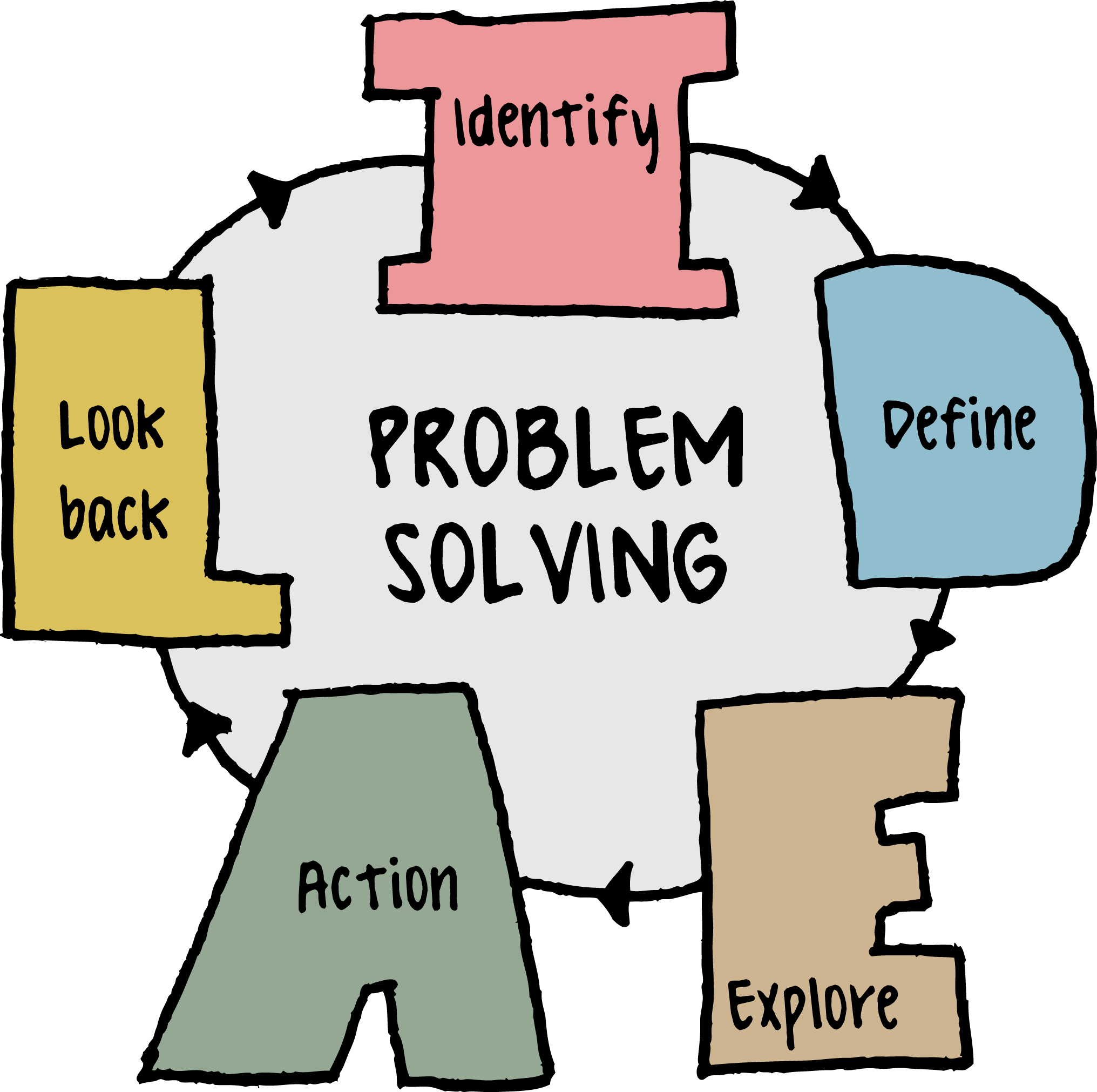The Business of Problem Solving: Case Studies in Corporate Strategy dives deep into how companies tackle challenges, using real-world examples to illustrate effective (and ineffective!) strategies. We’ll explore everything from defining what constitutes a “problem” in the corporate world to measuring the success of solutions. Think of it as a crash course in turning business headaches into wins.
This exploration covers various problem-solving methodologies, the importance of leadership and resource allocation, and the crucial role of ethical considerations. Through detailed case studies, we’ll analyze different approaches, highlighting successes and failures, and offering practical frameworks you can apply to your own strategic thinking. Get ready to sharpen your problem-solving skills!
Defining “Problem Solving” in a Corporate Context: The Business Of Problem Solving: Case Studies In Corporate Strategy

Problem-solving in a corporate setting isn’t just about fixing a broken printer; it’s a strategic process vital for survival and growth. It involves identifying, analyzing, and resolving issues that impede a company’s ability to achieve its objectives. This process requires a structured approach, diverse skill sets, and a clear understanding of the organization’s goals and limitations.Corporations face a myriad of challenges, ranging from operational hiccups to existential threats.
Effective problem-solving necessitates a nuanced approach that accounts for the complexity and interconnectedness of these issues.
Types of Corporate Problems
Corporate problems are incredibly diverse. They can be categorized broadly as operational, strategic, or financial. Operational problems involve day-to-day issues impacting efficiency, such as supply chain disruptions, equipment malfunctions, or internal communication breakdowns. Strategic problems, on the other hand, concern long-term goals and competitive positioning, including market entry strategies, product development failures, or mergers and acquisitions gone wrong.
Finally, financial problems encompass issues like cash flow shortages, debt management, or underperformance against financial projections. For example, a sudden drop in sales might be an operational problem (due to a faulty marketing campaign), a strategic problem (due to increased competition), or a financial problem (indicating a need for cost-cutting measures). The root cause analysis is crucial to determining the appropriate solution.
Stages in the Corporate Problem-Solving Process
A typical corporate problem-solving process generally follows a structured approach. It begins with problem definition, where the issue is clearly identified and its scope defined. This is followed by data collection and analysis, which involves gathering relevant information to understand the problem’s root causes. Next, potential solutions are brainstormed and evaluated based on feasibility, cost-effectiveness, and potential impact.
A solution is then selected and implemented, with progress monitored and adjustments made as needed. Finally, the results are evaluated to determine the effectiveness of the solution and to learn from the experience. This iterative process, often involving multiple departments and stakeholders, is essential for continuous improvement.
Problem-Solving Methodologies in Business, The Business of Problem Solving: Case Studies in Corporate Strategy
Various methodologies can be applied to solve corporate problems. The choice depends on the nature of the problem and the context. Lean methodologies focus on eliminating waste and improving efficiency. Six Sigma employs statistical methods to minimize defects and improve quality. Agile methodologies emphasize iterative development and flexibility, particularly useful in rapidly changing environments.
Design thinking prioritizes user needs and creative problem-solving. For instance, a manufacturing company might use Six Sigma to reduce production errors, while a software development team might adopt Agile to adapt to changing customer requirements. The optimal approach often involves a hybrid strategy, combining elements of different methodologies.
Framework for Categorizing Corporate Problems
A useful framework for categorizing corporate problems considers both their impact and urgency. Problems can be classified into four quadrants: High Impact/High Urgency (requiring immediate attention and significant resources), High Impact/Low Urgency (requiring proactive planning and resource allocation), Low Impact/High Urgency (requiring quick fixes and minimal disruption), and Low Impact/Low Urgency (requiring monitoring and potential future action). For example, a major security breach would fall into the High Impact/High Urgency quadrant, while a minor software bug might be classified as Low Impact/High Urgency.
This framework helps prioritize problem-solving efforts and allocate resources effectively.
Case Study Selection and Analysis Framework

Choosing the right case studies is crucial for effectively illustrating corporate strategy and problem-solving techniques. A well-structured approach ensures the selected cases offer valuable insights and contribute meaningfully to the overall learning experience. This involves careful consideration of various factors, from the nature of the problem to the industry context.
A robust framework for case study selection and analysis should incorporate several key elements. Firstly, it needs to define clear selection criteria to ensure the chosen cases are relevant and representative. Secondly, it requires a structured approach to analyzing the problem-solving strategies employed, considering both successes and failures. Finally, the framework must account for the specific context and industry dynamics that shaped the problem and its resolution.
Case Study Selection Criteria
Effective case study selection hinges on establishing clear criteria. We should prioritize cases that demonstrate a range of problem-solving approaches, including both successful and unsuccessful strategies. The chosen cases should also represent diverse industries and organizational structures, providing a broad perspective on corporate problem-solving. Furthermore, the availability of sufficient data and information is crucial for a thorough analysis.
Cases with readily accessible information, including publicly available reports and documentation, are preferable. Finally, the complexity and scope of the problem addressed in each case study should be considered; a mix of simple and complex scenarios can provide a more comprehensive understanding.
Evaluating Problem-Solving Effectiveness
Evaluating the effectiveness of problem-solving approaches requires a multi-faceted assessment. We need to consider factors such as the clarity of the problem definition, the appropriateness of the chosen solution, the efficiency of the implementation process, and the ultimate impact on the organization. Key performance indicators (KPIs) relevant to the specific problem should be used to measure the success of the implemented solution.
Qualitative data, such as stakeholder feedback and internal assessments, should also be incorporated to gain a holistic understanding of the outcome. Analyzing both short-term and long-term effects is crucial to assess the sustainability and overall effectiveness of the problem-solving approach.
Context and Industry Specifics
The context in which a problem arises significantly influences the appropriate problem-solving approach. Industry-specific regulations, competitive dynamics, technological advancements, and economic conditions all play a crucial role. Ignoring these contextual factors can lead to inaccurate conclusions and a limited understanding of the problem’s root causes. For instance, a successful strategy in a stable, regulated industry might be ineffective in a rapidly changing, highly competitive environment.
Therefore, a thorough analysis must account for the unique circumstances surrounding each case.
Comparative Case Study Analysis
The following table compares and contrasts three case studies, highlighting their problem-solving strategies and outcomes.
| Case Study Name | Problem Description | Solution Implemented | Result |
|---|---|---|---|
| Netflix’s Transition to Streaming | Declining DVD rentals and increasing competition from streaming services. | Massive investment in original content creation and a shift to a subscription-based streaming model. | Successful transformation into a dominant streaming platform, albeit with increased competition. |
| Kodak’s Failure to Adapt to Digital Photography | The rise of digital photography threatened Kodak’s film-based business model. | Delayed and insufficient investment in digital technology; attempts to compete in the digital market were too little, too late. | Bankruptcy and eventual sale of assets. A classic example of failure to adapt to disruptive innovation. |
| Microsoft’s Acquisition of LinkedIn | Need to expand its professional networking capabilities and integrate them with its existing software offerings. | Acquisition of LinkedIn for a significant sum, integrating LinkedIn’s professional network with Microsoft’s products and services. | Strategic expansion of Microsoft’s professional network capabilities, increasing user engagement and market share. |
Ultimately, mastering the “business of problem-solving” is about more than just fixing issues; it’s about building a resilient and innovative organization. By understanding the frameworks, methodologies, and ethical considerations discussed here, you’ll be better equipped to navigate the complexities of corporate strategy and lead your team to success. This isn’t just about fixing problems; it’s about building a future-proof business.
FAQ Compilation
What types of companies are covered in the case studies?
The case studies will likely represent a diverse range of industries and company sizes, offering broad applicability.
Are there any prerequisites for understanding this material?
A basic understanding of business principles is helpful, but the material will be presented in an accessible way.
How can I apply this information to my own work?
The frameworks and methodologies discussed can be adapted to various organizational contexts and problem types.
Will there be interactive elements or exercises?
While not explicitly stated, the Artikel suggests opportunities for interactive learning through case study analysis and hypothetical scenarios.
